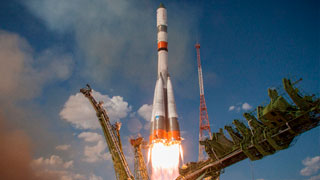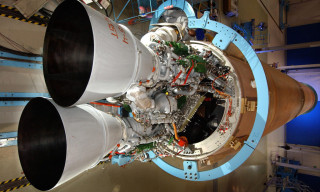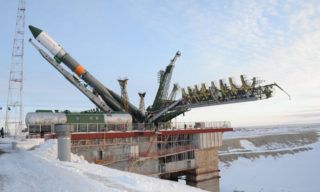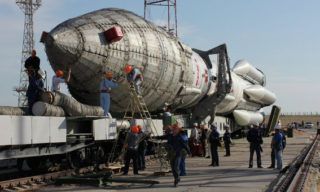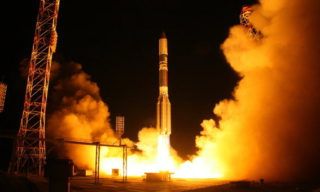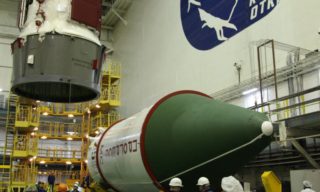China’s Chang’e-6 spacecraft has delivered to Earth soil from the Moon’s back side
BEIJING, 25 June. The Chinese Chang’e-6 spacecraft has successfully landed at the landing site of Xizhiwangqi in the Inner Mongolia Autonomous Region, having delivered to Earth soil samples from the Moon’s back side for the first time in the history of mankind, the broadcast was conducted by China Central Television.
The spacecraft was launched on 3 May 2024 from the Wenchang Cosmodrome on Hainan Island using a Changzheng-5 Y8 rocket. On June 2, the spacecraft landed in the planned area in the South Pole-Eitken basin, collected a variety of soil samples at different sites, and took off from the surface of the Earth’s satellite on June 4.
As noted by Ge Ping, deputy director of the Centre for Lunar Research and Space Engineering of the China National Space Administration, scientists hope that the Chang’e-6 mission will be able to deliver soil samples about four billion years old.
The fourth phase of China’s lunar programme began with the launch of the Queqiao-2 relay satellite in March 2024. It includes the launch of the Chang’e-6 probe, the Chang’e-7 mission to explore the Moon’s South Pole, including comprehensive lunar terrain sensing, and the Chang’e-8 mission, which, in addition to scientific research, is planned to conduct key tests of several technologies on the lunar surface.
Professor Wu Weizhen, a leading expert at the China National Space Administration, previously told China Daily that the Chang’e-8 mission will explore the use of 3D printing technology to construct buildings on the moon.
Wu Yanhua, the chief engineer of the special project under China’s deep space exploration programme, said China plans to launch the Chang’e-7 probe tentatively in 2026, while Chang’e-8 is scheduled for 2028.


